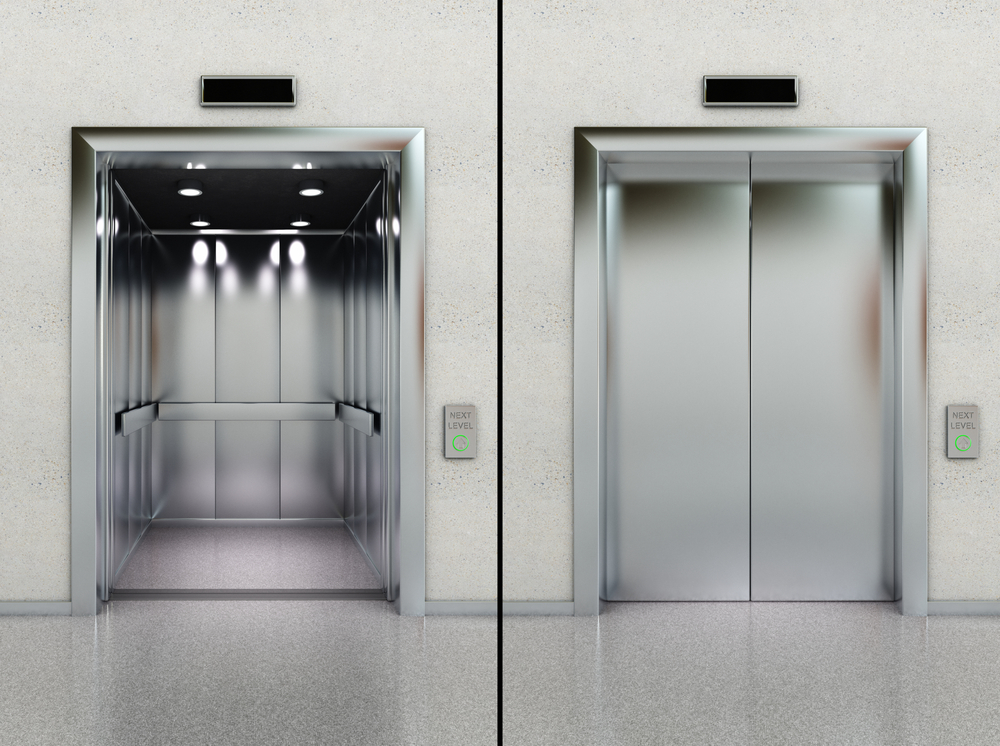We Maintain Lifts to the Greatest Criteria: Reliable Service for All Lift Types
We Maintain Lifts to the Greatest Criteria: Reliable Service for All Lift Types
Blog Article
Digging Into the World of Lifts: Typical Issues Encountered by Different Lift Mechanisms
As we browse through the vertical transportation systems of modern buildings, lifts stand out as an indispensable element of our day-to-day lives. From hydraulic elevators to traction systems and machine-room-less layouts, each lift type comes with its set of typical concerns.
Hydraulic Elevators
Hydraulic elevators, commonly preferred for low-rise buildings, use fluid stress to control the movement of the elevator auto (lift repair companies). This mechanism includes a hydraulic pump pressing oil right into a cyndrical tube, causing the elevator to relocate the preferred instructions. While hydraulic lifts are recognized for their peaceful and smooth operation, they do include their very own collection of common problems
One common problem with hydraulic elevators is oil leak. In addition, concerns with the control system, such as damaged shutoffs or a malfunctioning pump, can create disturbances in the lift's motion.
Routine maintenance and prompt repairs are important to ensure the smooth functioning of hydraulic lifts. By resolving these typical problems proactively, building proprietors can decrease downtime and make sure the security and efficiency of their vertical transport system.
Grip Elevators
When considering upright transportation systems in buildings, an additional typical type in addition to hydraulic lifts is the traction lift. Grip elevators operate utilizing a system of ropes and weights that relocate the elevator cars and truck by grasping onto the hoist ropes. This mechanism permits smoother and faster upright transportation compared to hydraulic systems.
One of the typical problems faced by traction lifts is rope wear. The constant movement of the ropes within the grip system can result in deterioration gradually, potentially creating the elevator to breakdown or become unsafe for usage. Regular examinations and maintenance of the ropes are necessary to make sure the elevator's appropriate functioning and security.
Another problem that grip elevators might experience is connected to the control system. Issues with the control system can bring about issues such as irregular movement, delays in feedback times, or perhaps full shutdowns. Routine screening and maintenance of the control system are vital to avoid such problems and make certain the elevator's dependability.
Machine-Room-Less (MRL) Lifts

One of the vital parts of MRL elevators is the compact gearless grip device that is installed within the hoistway. This equipment effectively drives the elevator car without the demand for large equipment located in standard traction lifts. Additionally, MRL lifts normally use a weight system to balance the car, additional enhancing their power efficiency.
Despite their advantages, MRL lifts may deal with obstacles connected to upkeep and repair as a result of the restricted area for tools installment. Access for servicing components within the shaft can be restricted, requiring specialized training for service technicians. Proper maintenance routines and normal inspections are vital to make certain the continued smooth operation of MRL elevators.
Overloading and Weight Limitation Issues
Are lifts equipped to deal with excess weight tons successfully lift repair near me and securely? Straining and weight limit issues are vital problems in lift procedures. Elevator manufacturers design lifts with certain weight capabilities we maintain lifts to make certain guest safety and security and equipment longevity. Exceeding these weight restrictions can lead to different issues, including mechanical failures, delays, and safety hazards.
When lifts are strained, it places excessive stress on the motor, cords, and other components, potentially creating failures or breakdowns. Safety devices such as sensing units and overload sensing units are in place to stop lifts from relocating if they discover excess weight. Additionally, exceeding weight restrictions can result in raised energy intake and deterioration on the elevator system.
To reduce overloading concerns, building supervisors ought to plainly show weight limits in lifts and inform owners on the value of adhering to these limitations - lift repair companies. Regular upkeep checks by qualified technicians can additionally help make sure that elevators are running within secure weight specifications. By resolving overloading and weight limitation concerns proactively, building owners can enhance elevator security and efficiency
Electrical System Failings
Going beyond weight restrictions in lifts can not just lead to mechanical concerns however also potentially contribute to electrical system failures within the lift infrastructure. Electrical system failures are a vital issue in elevator operation, as they can cause unexpected closures, breakdowns, or also security dangers.
Additionally, power rises or changes in the electrical supply can also disrupt the lift's procedure, impacting its performance and safety. These electrical disruptions can harm sensitive elevator parts such as control board, circuit card, or sensors, leading to system failings. Routine maintenance and inspections are crucial to identify and resolve prospective electrical concerns immediately, guaranteeing the safe and reliable procedure of lift systems. By adhering to weight restrictions and carrying out routine electric system checks, building proprietors can alleviate the risk of electric failures in lifts.
Final Thought

Hydraulic elevators, often favored for low-rise buildings, make use of fluid stress to control the activity of the elevator car.When taking into consideration vertical transport systems in buildings, another usual type apart from hydraulic elevators is the grip elevator. Grip elevators operate making use of a system of ropes and counterweights that relocate the elevator car by grasping onto the hoist ropes. Unlike traditional lifts that call for a separate equipment room to house the tools, MRL elevators incorporate many of the elements within the shaft, removing the need for a committed machine space.In conclusion, elevators encounter common problems such as hydraulic breakdowns, traction system failures, and electric system troubles.
Report this page